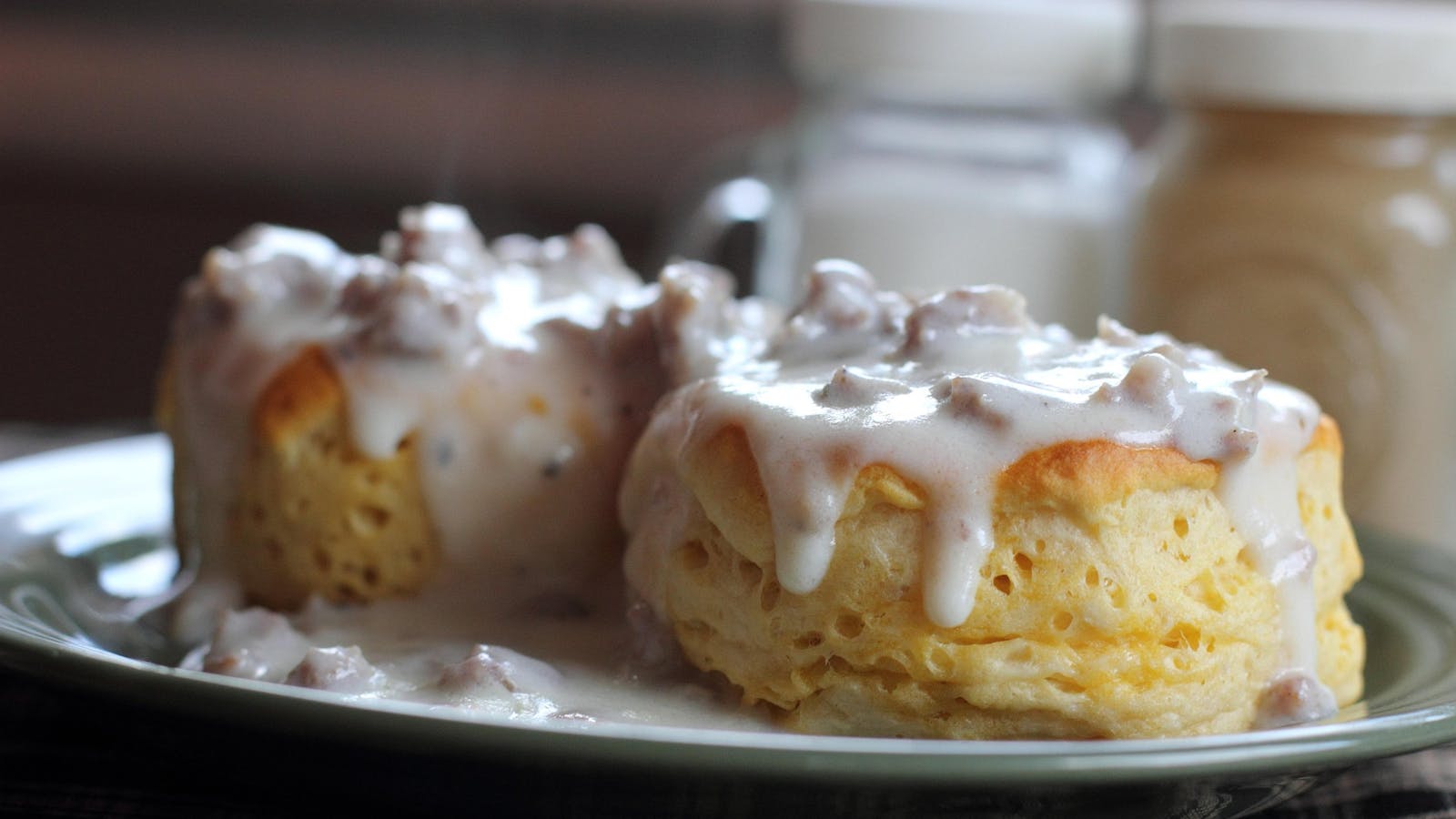
Influencer Marketing: A Strategy for 2025
CP ADVERTISING
10/23/2024
CP ADVERTISING
10/23/2024
What is Influencer Marketing?
Influencer marketing is a marketing strategy that leverages the reach and credibility of individuals with significant online followings to promote products, services, or brands. By tapping into the follower bases of online personalities, brands can connect with new and existing audiences by creating authentic content that resonates with those followers. This type of collaboration has become especially popular on social media. In fact, the influencer marketing industry is expected to reach $24 billion by the end of 2024.
Who are Influencers?
Influencers are individuals who have the power to affect others' purchasing decisions due to their relationship with their audience. These modern-day trendsetters have cultivated a following in a distinct niche and actively engage with their community, making them valuable partners for brands seeking to expand their reach and credibility. Interestingly, some influencers move beyond simply persuading for commerce. For many, influencer marketing is not driven by expanding profits but ideals. For example, some organizations enlist the assistance of influencer marketing to assist in pushing political ideas, charities, and philanthropic endeavors.
While “influencer” is a modern term, the concept of influential individuals shaping public opinion is far from novel. Throughout history, political figures, royalty, church leaders, and media personalities have played similar roles in society, wielding considerable influence over public opinion and behavior. These influencers persuaded people on everything from who they voted for to how they lived their daily lives. In many cases, influence was not optional but compulsory.
Today's Social Networking Landscape
The rise of social media platforms has democratized influence, allowing anyone with a compelling voice or unique perspective to build a substantial follower base. These platforms have introduced the concept of "follower friends," linking people to those who share their interests and enabling individuals to amass large, engaged audiences. Through social network linking, influence increases through a growing web of interconnected people. First, an individual influences their immediate circle. This circle engages and shares that content thereby increasing the network, and on and on until that influencer’s reach has expanded to thousands or even millions of other users.
Where to be an Influencer
Influencers turn to various social media platforms to grow their online presence. Each platform has unique offerings and characteristics that can help reach particular demographics. When it comes to selecting an influencer on a given platform, brands must carefully consider which platforms—and influencers on those platforms—align best with their goals and target audience.
Influencer marketing is personable, making it easy to cater to diverse audience preferences and content formats across various social media channels. Among the most popular channels for influencers are:
1. Facebook: With its broad user base, Facebook remains a powerful platform for influencer marketing, particularly for reaching older demographics. Among its greatest strengths is its average monthly active users. With more than 3 billion people logging in monthly, Facebook is a sure-fire way to get in front of a crowd. Further, its networking capabilities, including friending people and following and liking pages, enable brands to build strong relationships.
On the other hand, brands must consider whether Facebook’s audience is the right crowd to stand in front of. Facebook is not as shiny as other platforms—its users skew slightly older and its features are limited. While it does allow organic and paid posts as well as Stories, its use as an influencer marketing tool is more limited. Commonly, it is utilized for word-of-mouth sales among friends and existing audiences.
2. Instagram: Known for its visual appeal, Instagram is a favorite among lifestyle, fashion, and beauty influencers The OG of influencer marketing, Instagram’s greatest strength rests in its variety of content options. From video to images and lightning polls to Reels, brands can take advantage of numerous content options. It is easy to find influencers and tap into their audiences due to the sheer magnitude of Instagram’s popularity.
On the other hand, brands should keep in mind that there are specific audiences on Instagram. Most notably, it is the platform of choice for many millennial consumers, particularly women. Because this cohort represents such a significant part of economic purchasing power, it is easy to fall prey to oversaturation and fail to make a splash with consumers because there is so much noise on the platform.
3. YouTube: Ideal for long-form video content, YouTube allows influencers to create in-depth product reviews and tutorials. It is wildly popular with Gen Z and the emerging Gen Alpha. YouTube’s extensive content length and live streaming options make it great for branding opportunities such as in-depth brand building through discussions and narratives, as well as unboxings and demonstrations. However, buyer beware: its high yield comes with high dollar creators due to demand. YouTube videos also come with a more expensive production cost due to their length of time and generally longer-form content.
4. TikTok: This rapidly growing platform excels in short-form video content, attracting younger audiences with its viral challenges and trends. TikTok is easy to use, works well with influencers of varying popularity and audience size, and as the youngest platform on this list, there is still room to carve out a niche. Just remember: there are numerous monetization and privacy concerns. Some influencers and brands also criticize the platform for its lack of transparency on brand exposure (e.g. its algorithms).
5. Pinterest: A visual discovery platform, Pinterest is particularly effective for influencers in home decor, DIY, fashion, and cooking. Pinterest is a sleeper platform often overlooked by brands, yet its value should not be discounted. Pinterest is excellent for affiliate linking, keyword searches, and mood boards represent an important way that brands and influencers can link together multiple products to build a cohesive image. However, Pinterest may not be for your brand if you’re set on star influencers or lengthy content videos.
Types of Content
Influencers utilize various content formats to engage their audiences and promote brands effectively. Each type of content offers unique benefits and challenges. Let’s take a look at the most popular content options.
Images
Images offer a unique way to convey emotions. From effective storytelling to conveying important how-to information, they are one of the most popular methods for influencer content creation. One of the greatest benefits of utilizing images in influencer content is that these items tend to be quick to produce and consume—the latter of which is key to grab attention when someone is scrolling. Images are also visually appealing and easily shareable.
However, there are also several drawbacks to an image-only approach. First, it can be more challenging to effectively convey information or require lengthy content descriptions that not all followers are interested in. Second, it is necessary to have expert photography skills to make sure that the content is emotive and clearly features the product. Last, it is more challenging to demonstrate product use without video.
Video
Speaking of video, let’s talk about it. Video is the fastest growing type of social media content online thanks to popular video-first social media platforms like YouTube and TikTok. Content creators and brands turn to video because it’s highly engaging and immersive. Today’s strongest video creators understand the power of utilizing this medium for in-depth product demonstrations, turning what was once reserved for Saturday morning infomercials to the everyday on social media. Further, video is extremely versatile. Want a 10-second spot on TikTok or an hour-long unboxing on YouTube? Great content creators do both.
Nonetheless, video is not without its drawbacks. While it is highly engaging, it is also more time-consuming to produce. Because of the need to create scripts and edit content, creators must exhibit a higher level of technical skill and own more expensive content. They also must understand the limitations across platforms to effectively reach audiences. For example, a 30-second spot on YouTube is not going to hit the same way a 20-minute video will.
Long-Form versus Short-Form Content
Speaking of content length, it is also important to consider whether you want to work with influencers on long-form or short-form content. Long-form content is especially popular on YouTube. As mentioned above, it provides creators with a greater opportunity to engage in in-depth storytelling. In contrast, short-form content—like TikTok videos or Instagram Stories—caters to shorter attention spans and fast consumption. When deciding which method is right for your marketing strategy, make sure you understand your audience demographics and what method is the best fit for your campaign. A one-hour YouTube explanation for a kitchen gadget is not likely the best use of your time and marketing budget.
Livestreams
When it comes to livestreaming, there are a few details to keep in mind. On the plus side, livestreaming offers real-time interaction with audiences, fostering authenticity and immediate engagement. It's particularly effective for Q&A sessions, product launches, and behind-the-scenes content. However, there are a couple of notable drawbacks. First, brands must be able to trust influencers because they cannot pre-approve the entire conversation. If an influencer goes off topic or starts discussing controversial ideas surrounding subjects such as politics or current events, brands risk alienating themselves from an audience that is less than receptive to those ideas. Second, livestreams are also at risk of trolls who take over the feed and come to cause chaos. These can be challenging for an influencer to weed out real-time.
Auxiliary Content Options
There are also interactive elements such as polls, quizzes, and surveys that can enhance engagement and provide valuable feedback for both influencers and brands. From lightning polls on Instagram to an email sign-up link on TikTok, these supplemental content options help brands engage with followers and discover their preferences.
Utilizing Influencers for your Marketing Campaign: 5 Tips
So, you’re ready to strategize an influencer marketing campaign. Now what? To maximize the effectiveness of influencer marketing, consider the following tips:
Fit to Audience
Understanding the demographics of each platform is crucial for targeting the right audience. For instance, TikTok tends to attract a younger audience, while Facebook has a broader age range. Aligning your influencer choice with the platform's user base ensures your message reaches the intended audience. Think about where your audience is and the type of content you want to collaborate with influencers.
Product Relevancy
Ensure that your product or service aligns with the interests of the influencer's audience. A mismatch can lead to ineffective campaigns and potential backlash. Choose influencers whose content and followers naturally align with your brand's offerings.
Ethics/ Lifestyle
Make sure your brand and the influencers you work with exhibit a values-fit. Particularly for Christian audiences or brands with strong ethical stances, it's essential to partner with influencers whose values and lifestyle align with your brand's ethos. This alignment fosters authenticity and resonates more deeply with your target audience.
Platform and Campaign Strategy
Determine your goals, how to reach them, and whether you need to use multiple platforms and influencers for different purposes. Define clear goals for your influencer campaign and determine the best approach to achieving them. This may involve using multiple platforms and influencers for different aspects of your campaign. Consider the strengths of each platform and how they align with your objectives.
Remember that Influencer Marketing is not always a Popularity Contest
While it may be tempting to exclusively partner with celebrities or macro-influencers, micro-influencers often have higher engagement rates and can connect more effectively with niche audiences. These smaller-scale influencers may offer more authentic connections and better return on investment (ROI) for your campaign. Resist the temptation to overspend on star influencers and focus instead on the best fit for your organization’s marketing objectives.
Conclusion
Influencer marketing offers long-term value for brands seeking to boost their image and connect with audiences authentically. Amassing a $24 billion value in 2024 alone, it’s clear that this peer-to-peer marketing strategy is here to stay. Influencer marketing provides a sustainable approach to building brand awareness, credibility, and customer loyalty. By fostering long-term relationships with influencers, brands can create long-term loyalty with their target audience, enhancing their image and forging meaningful connections with consumers.
Ready to discover how to tap into The Christian Post’s audiences to maximize your marketing strategy? Let’s talk.


